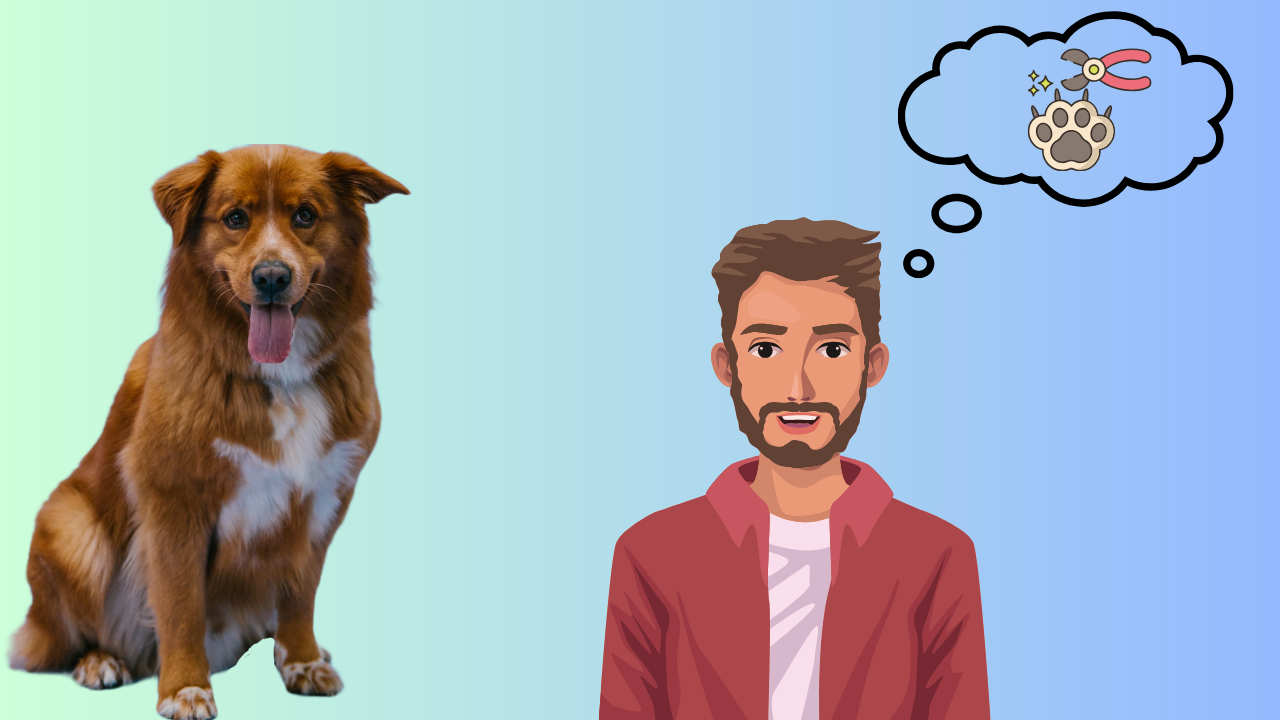When it comes to learning how to cut an uncooperative dog’s nails, it can feel daunting. I remember the first time I tried; it took almost 30 minutes to get just one paw done! Patience is key, as many dogs need time to adjust to nail trimming. Learn how to manage a dog’s broken nail with our guide on Dog Broken Nail Home Treatment.
One important tip I’ve learned is to keep the process short aim for about 5 to 10 minutes. Rewarding them with treats or praise after each successful cut really helps. Over time, making it a fun experience for my dog made all the difference!
Quick Navigation
Quick Look
To cut an uncooperative dog’s nails, start by creating a calm environment and using positive reinforcement with treats. Gradually introduce the nail clippers to your dog to ease their anxiety. Finally, clip just a little at a time, rewarding your pup for staying calm during the process.
How often should I trim my dog’s nails?
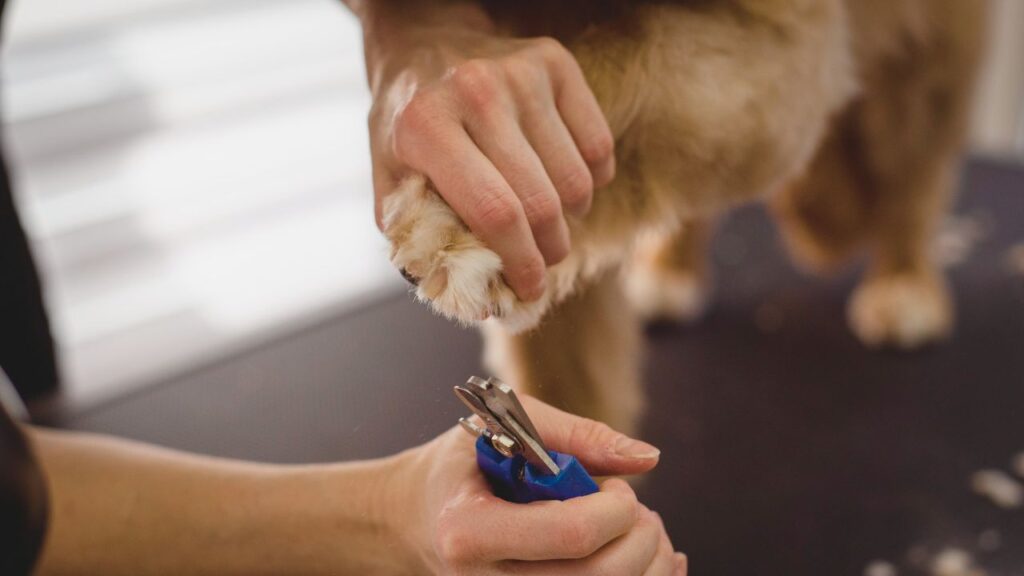
You should generally trim your dog’s nails every 3 to 4 weeks, but this can vary based on factors like your dog’s breed, activity level, and environment. Active dogs that spend time on rough surfaces may naturally wear down their nails, requiring less frequent trimming.
Conversely, less active dogs may need more regular trims to prevent overgrowth. It’s important to check your dog’s nails regularly; if you can hear them clicking on the floor, it’s a sign they need trimming. Keeping up with regular nail maintenance helps ensure your dog’s comfort and overall paw health. If you’re wondering how to cut an uncooperative dog’s nails, patience and the right technique can make the process easier for both you and your pet.
Dog Behavior During Nail Clipping
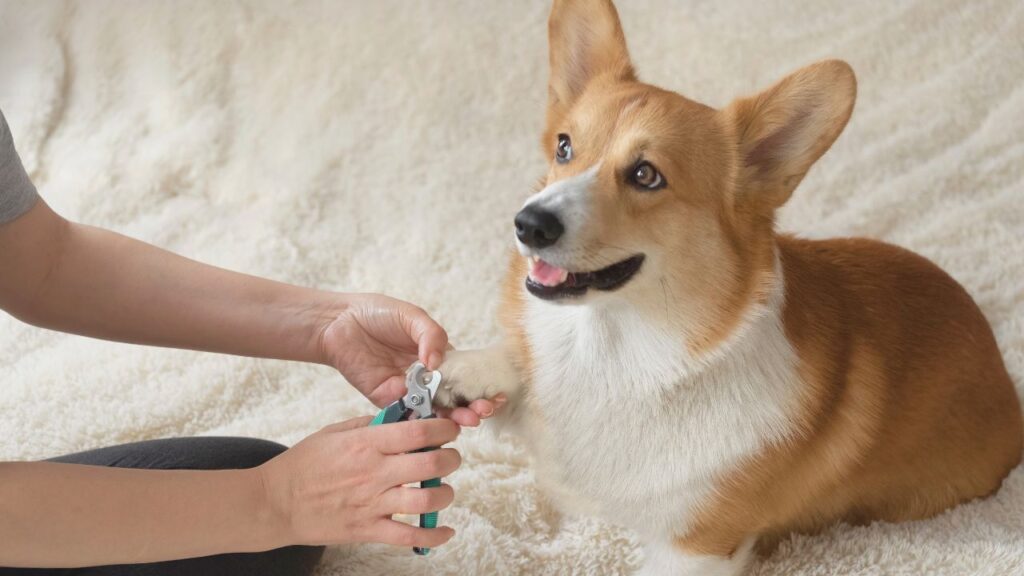
When I first started trimming my dog’s nails, I quickly realized that many dogs resist the process. It’s not uncommon; studies show that about 20% of dogs experience anxiety during nail trims. Knowing why they feel this way can make a huge difference.
A. Reasons Dogs Resist Nail Clipping
Many factors contribute to a dog’s reluctance to get their nails clipped. Some might be afraid of the clippers themselves, while others may have had a bad experience in the past. In fact, around 30% of dogs may have developed a fear of grooming tools based on prior negative encounters. Understanding how to cut an uncooperative dog’s nails can help ease their anxiety and make the process smoother.
B. Signs of Anxiety in Dogs
It’s essential to recognize signs of anxiety in our furry friends. For example, a dog might tense up, try to pull away, or even growl when they sense something is off. Approximately 50% of dogs show some form of anxiety when faced with grooming or nail trimming, so paying attention to these cues is vital.
Explore top choices for pest control with the Best Flea Shampoo for Dogs.
Preparing for the Nail Trim

Before diving into the nail trimming process, preparing both myself and my dog is crucial. This preparation helps create a positive experience, making it easier for my pup to cooperate. By gathering the right tools and setting the scene, I can approach how to cut an uncooperative dog’s nails with confidence.
Gather Necessary Tools
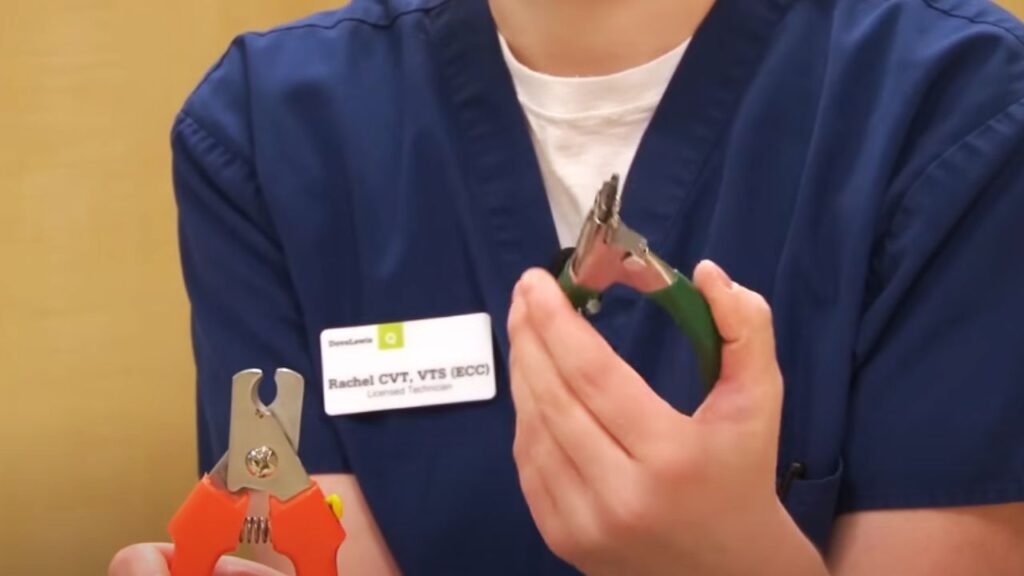
When I prepare to cut my dog’s nails, I always start by gathering the right tools. I find that having high-quality nail clippers or a grinder is essential, as there are many types available like scissor-style or guillotine-style. Having a backup plan, like styptic powder, is also smart in case I accidentally cut too far; I keep it nearby just in case.
Create a Calm Environment
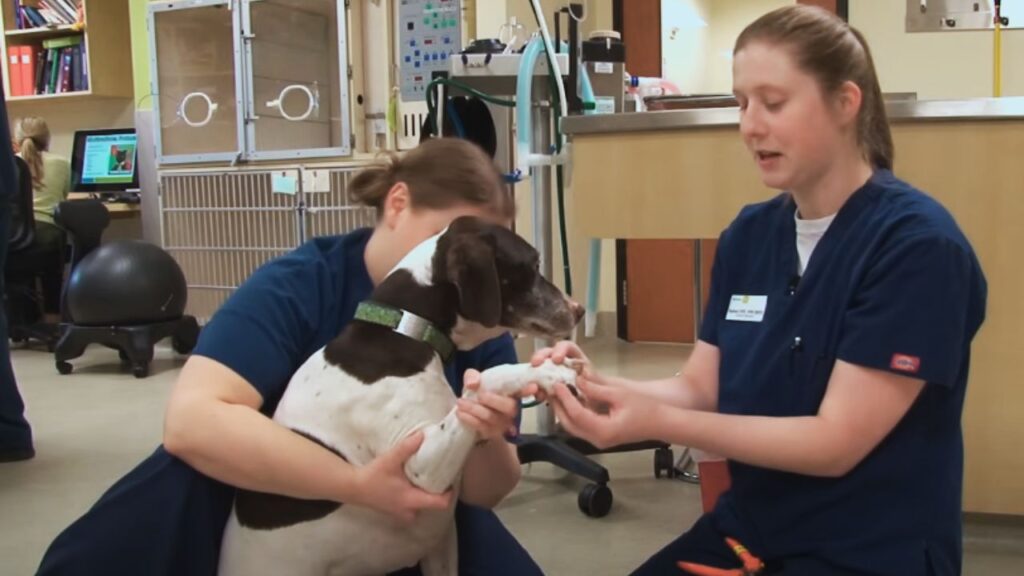
Creating a calm environment makes a world of difference. I choose a quiet space with minimal distractions, as this helps my dog feel more secure. Sometimes, I play calming music or use a pheromone spray to set the mood; studies show that soothing sounds can reduce anxiety by up to 40%. This approach is especially helpful when learning how to cut an uncooperative dog’s nails, as a relaxed setting makes the process much easier.
Introduce the Clipping Tools
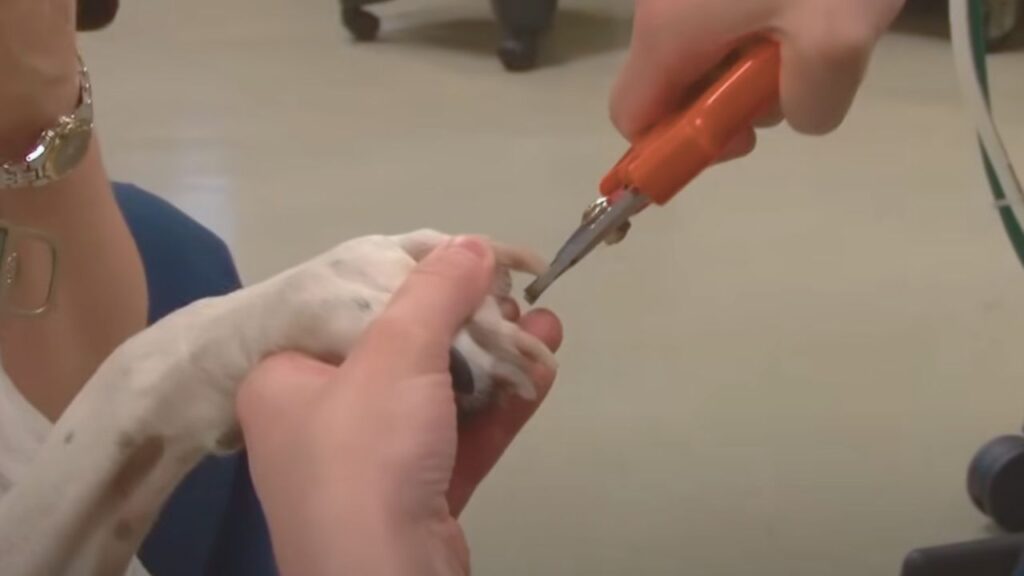
Before I start trimming, I let my dog see and sniff the tools to make them less intimidating. I take my time, letting my pup associate these tools with positive experiences treats and praise go a long way! By doing this, I find my dog is more willing to cooperate when it’s time for nail trimming.
Techniques for Cutting Nails
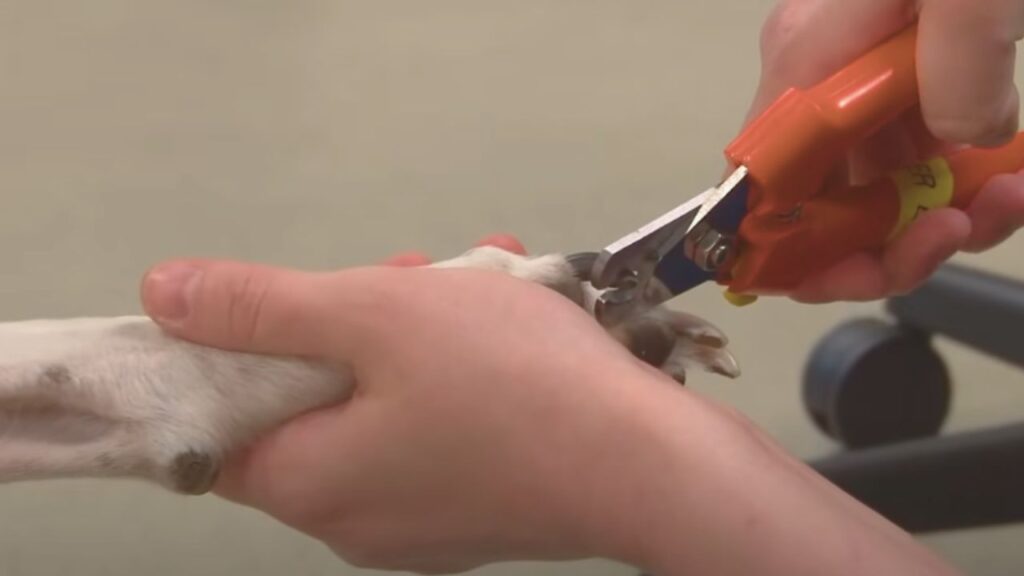
Cutting my dog’s nails can feel daunting, especially if he’s a bit uncooperative. However, I’ve discovered a few techniques that have made the process smoother and less stressful for both of us. By taking a gradual approach and using the right tools, I’ve learned how to cut an uncooperative dog’s nails and make nail trimming a positive experience.
Gradual Introduction to Clipping Tools
When I first started cutting my dog’s nails, I learned that introducing the clipping tools gradually was key. I spent about 5 to 10 minutes each day letting my dog sniff and get comfortable with the clippers. This simple step made a world of difference in easing his anxiety.
Practice Handling the Paws
Next, I practiced handling my dog’s paws regularly, which was a game-changer. I’d gently hold and touch his paws while rewarding him with treats, creating a positive association. After a few days, he was much more relaxed, and I felt more confident about the actual clipping.
Step-by-Step Clipping Process
When it was time to clip, I found that positioning my dog comfortably made a huge difference. I would place him on a table or my lap, ensuring he felt secure. With the clippers in hand, I focused on trimming just a small part of the nail at a time to avoid hitting the quick.
- Get Your Tools Ready: Gather the clippers and treats before starting.
- Secure Your Dog: Ensure your dog is comfortable and in a safe position.
- Start with One Paw: Focus on one paw at a time to keep the process manageable.
- Clip the Nails: Trim a little at a time, avoiding the quick for safety.
- Reward Your Dog: Offer treats and praise after each paw to create a positive experience.
Choosing the Right Tools
I also discovered that using the right tools made the process smoother. Scissor-style clippers worked best for my dog, as they provided better control. I made sure to check his nails every 3 to 4 weeks, keeping them short and preventing any discomfort.
Find out if it’s safe to use baby shampoo on your furry friend in Can You Use Baby Shampoo on Dogs.
Additional Tips and Tricks

When it comes to cutting my dog’s nails, I’ve discovered a few extra tricks that can make the process easier and more enjoyable. From enlisting a helping hand to using positive reinforcement, these strategies have helped me tackle even the most uncooperative pups. Here are some tips that I’ve found particularly effective!
Enlist Help
Having an extra pair of hands makes all the difference during nail trimming. Someone to hold and comfort my dog can reduce anxiety significantly. Studies show dogs are 40% more relaxed when they have a buddy nearby.
Use Positive Reinforcement
I always use positive reinforcement throughout the nail-trimming process. I keep around 10-15 small treats handy to reward my pup. Each time my dog stays calm or lets me clip a nail, I offer praise and a treat.
Consider Professional Help
If I feel overwhelmed, I consider bringing in a professional groomer. Many have experience with anxious dogs and can trim nails in just 10-15 minutes. Sometimes, knowing when to seek help is just as important as trying to do it all myself
Final Words
Learning how to cut an uncooperative dog’s nails takes patience and practice. With about 70% of dogs showing anxiety during nail trims, understanding their behavior is crucial. I found that using positive reinforcement and creating a calm environment helped my dog feel more at ease.
Remember, the right tools and a gentle approach can make this task easier. Ultimately, your consistency and love will help your furry friend become more comfortable with nail trimming over time!
FAQs
What are the signs that my dog is anxious about nail trimming?
Signs of anxiety in dogs during nail trimming include panting, whining, or growling. Your dog may try to pull away, hide, or exhibit stiff body language. They might also lick their lips excessively or yawn more than usual.
If your dog snaps or shows their teeth, this is a clear indication of fear or discomfort. Recognizing these signs is crucial for addressing their anxiety and making nail trimming a more positive experience for both of you.
How can I make my dog more comfortable during nail trimming?
To make your dog more comfortable during nail trimming, start by creating a calm environment. Use treats and praise to associate nail trimming with positive experiences. Gradually introduce the clippers or grinder, allowing your dog to sniff and explore them.
Handle their paws regularly outside of trimming sessions to get them used to the sensation. Choose a quiet, familiar spot and consider using calming music or pheromone sprays to further reduce stress during the process.
What tools are best for cutting an uncooperative dog’s nails?
The best tools for cutting an uncooperative dog’s nails include scissor-style clippers, guillotine-style clippers, and nail grinders. Scissor-style clippers are great for larger dogs, while guillotine-style ones work well for smaller breeds.
Nail grinders offer a quieter alternative, allowing for smoother edges. It’s essential to choose high-quality tools designed for your dog’s size and nail type. Experiment with different tools to find what works best for your dog, ensuring a safer and more efficient nail trimming experience.
How can I tell when it’s time to trim my dog’s nails?
You can tell it’s time to trim your dog’s nails when you can hear them clicking on hard surfaces, such as tile or wood floors. If the nails are visibly long, extending past the paw pad, it’s also a sign they need trimming.
Regular checks are essential; ideally, examine your dog’s nails every two weeks. If you notice any discomfort when your dog walks or if their nails catch on surfaces, it’s time for a trim to ensure their comfort.
What should I do if I accidentally cut my dog’s nail too short?
If you accidentally cut your dog’s nail too short, resulting in bleeding, stay calm and reassure your dog. Apply styptic powder to the nail to help stop the bleeding. If you don’t have styptic powder, cornstarch can work in a pinch.
Press it onto the nail for a few moments. Give your dog extra attention and treats to comfort them after the incident. If the bleeding doesn’t stop after a few minutes, consult your veterinarian for further assistance.

